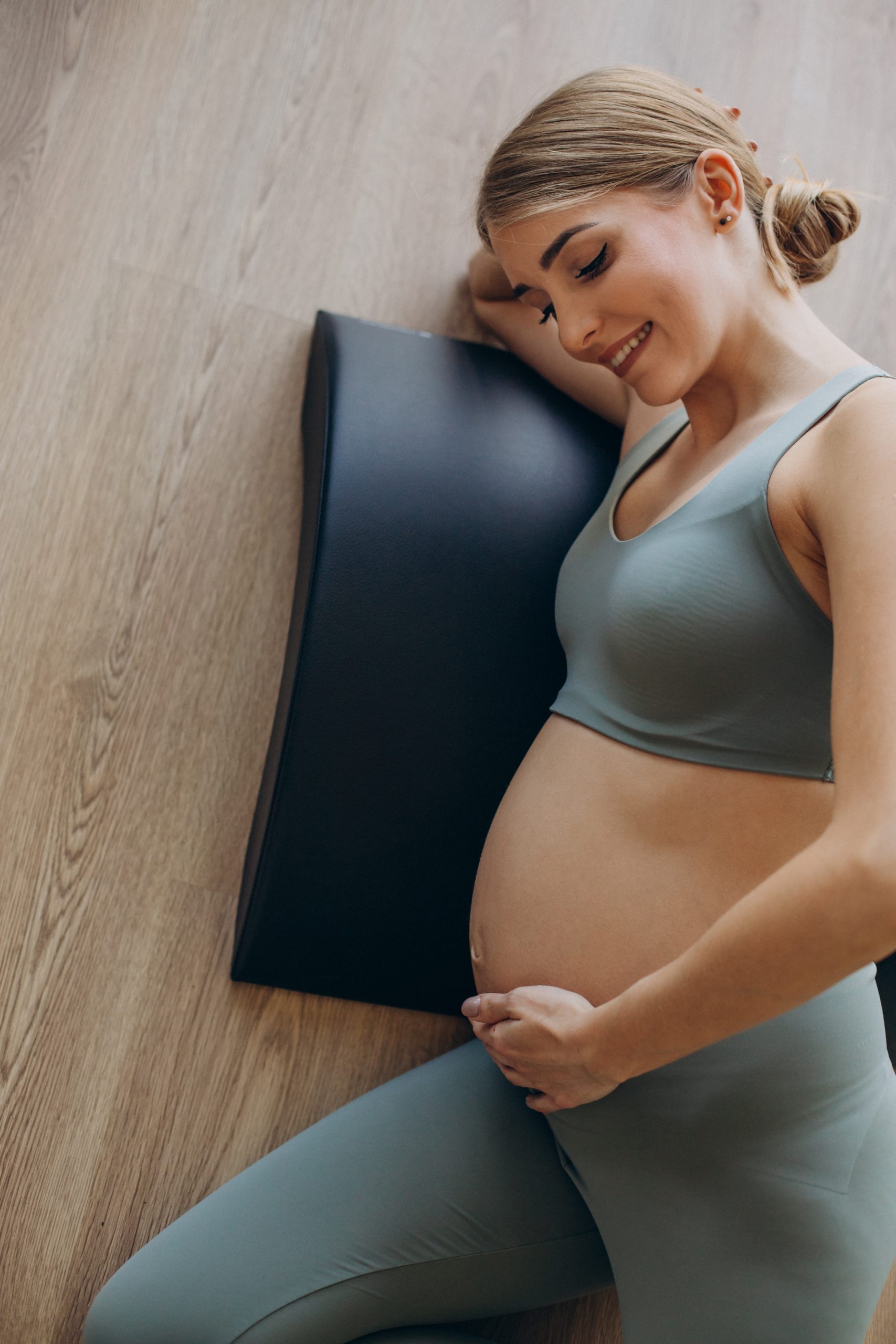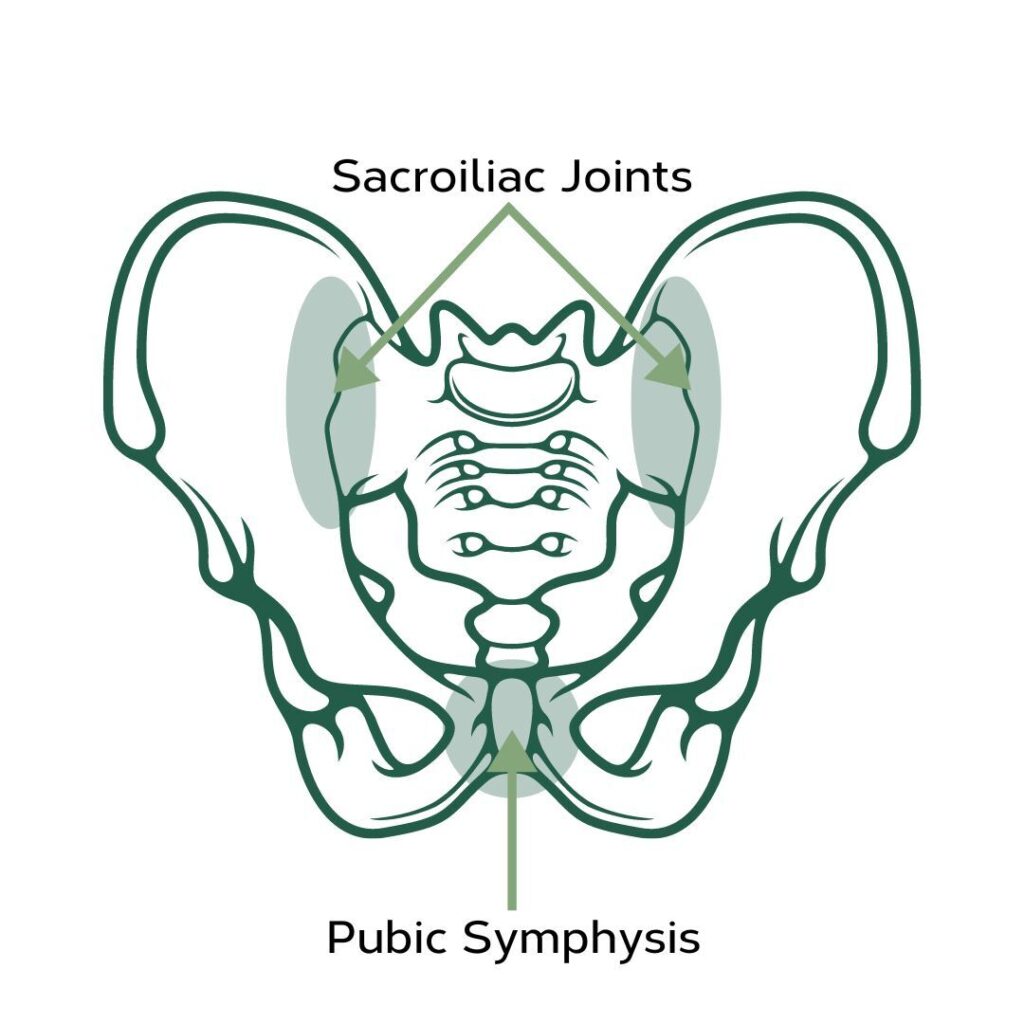Bumps, Twinges, and Baby Kicks: Decoding Lower Back Pain and Pelvic Girdle Pain during Pregnancy (Part 1)

Pregnancy is a transformative journey, and it often comes with various physical changes and challenges. Two common discomforts that pregnant individuals might experience are lower back pain (LBP) and pelvic girdle pain (PGP). While both conditions can cause discomfort in the pelvic and lower back regions, they are distinct in nature and require different approaches for management.
In this Blog series we explore these most common causes of pain in women during pregnancy, what causes it, and what to do about it.
Lower Back Pain (LBP) During Pregnancy:
LBP typically occurs between the last rib and the bottom fold of your bottom, and it might radiate through the groin, down the leg, or even to the foot. This pain can be aggravated by activities like bending, lifting, or twisting. It’s essential to differentiate between pregnant individuals who had pre-existing LBP and those who develop pregnancy-induced LBP. For those with prior LBP, the pain might improve or stay the same during pregnancy. The location of pain often shifts from the ribcage/ lower back to the pelvic as pregnancy progresses.
Pelvic Girdle Pain (PGP) During Pregnancy:
PGP is a condition characterized by pain between the sacroiliac joints (SIJs) and the pubic joint (pubic symphysis). This pain might radiate to the back of the thigh and can be intensified by asymmetrical movements such as walking, using stairs, or rolling in bed. PGP can occur separately or alongside LBP, and it’s more common in late pregnancy. It’s crucial to diagnose PGP after ruling out lower back causes, and treatment aims to manage the pain and prevent it from worsening beyond early pregnancy levels.

Distinguishing Factors:
The key distinction between LBP and PGP lies in their locations and patterns of pain. LBP primarily involves the lower back region and can radiate down the leg. On the other hand, PGP is centred around the pelvis, particularly the SIJs and pubic symphysis, and the pain often radiates to the back of the thigh.
In conclusion, understanding the differences between lower back pain and pelvic girdle pain is essential for effective management during pregnancy. While both conditions can cause discomfort in the pelvic and lower back areas, their origins and patterns of pain are distinct. Consulting with a healthcare professional can help pregnant individuals receive proper diagnosis and personalised treatment strategies.
In Part 2 of this Blog series, we’ll examine the Pelvic Girdle in more detail. Including how it can cause back and buttock pain, as well as groin pain. Check it out HERE .
If you are suffering from low back or pelvic girdle pain, you can make a booking to see our one of our Women’s Health Physiotherapist, specialising in pelvic girdle and low back pain HERE.
Author: Nicole Symons
